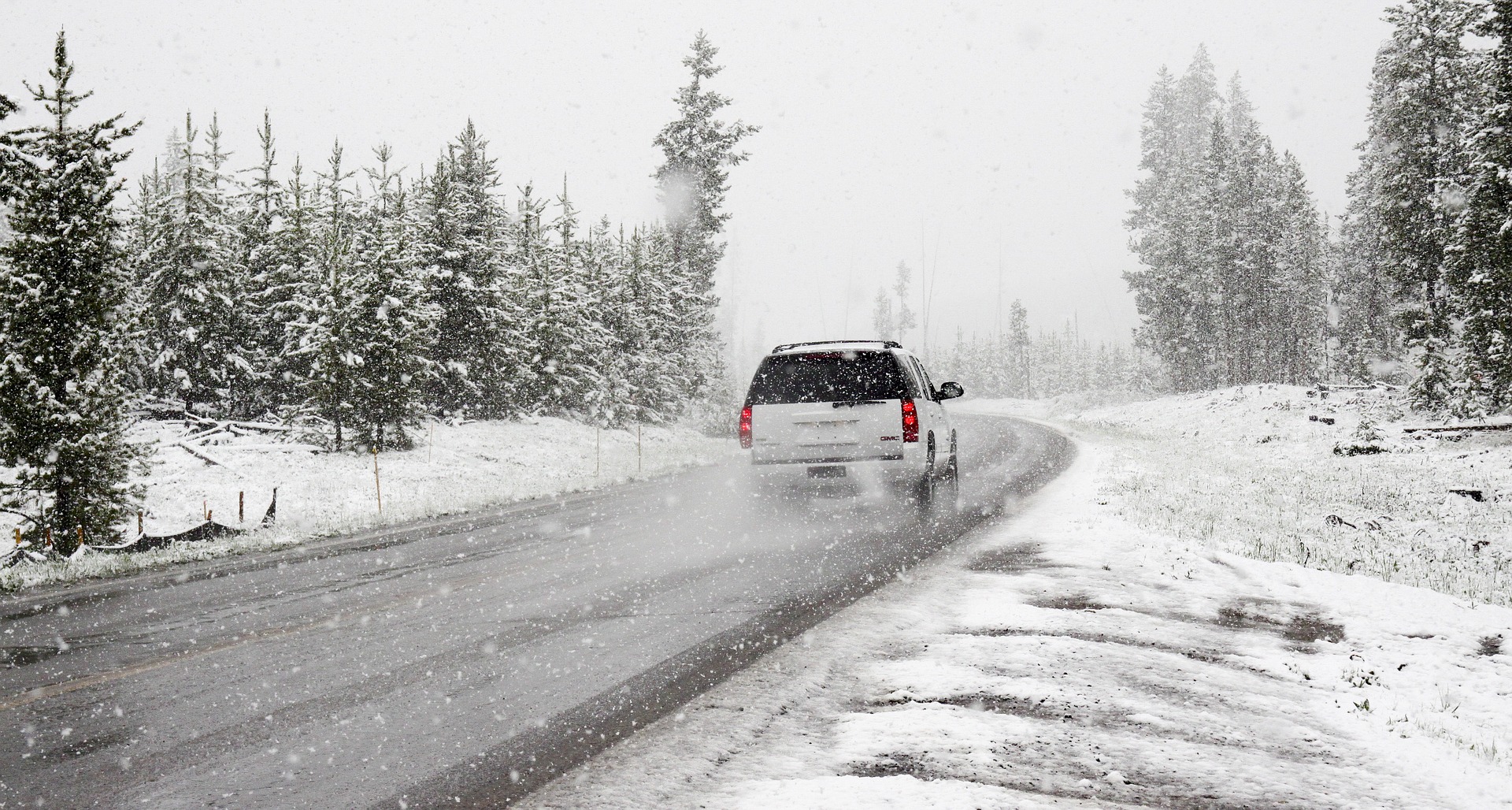The winter brings some wonderful things: beautiful natural
scenery, cozy clothing, fuzzy blankets and holiday spirit. But winter
in New York is perhaps best known for cold and brutal weather conditions.
Preparing your home for the colder months ahead of time can save
you headaches later. The last thing you’ll want to deal with in the winter is
an emergency… like frozen pipes at 2 am or heating vents that aren’t emitting
warm air. Take the time to prepare the inside and outside of your home now
before you’re stuck dealing with issues in below zero temperatures.
Inside
These little fixes can really make a difference in the safety
and comfort of your home during winter.
- Make sure nothing is blocking
any heating vents. This includes furniture, curtains, and pet beds. Look
for anything that could block air flow. - If you haven’t already,
consider switching to a programmable thermostat that will let you adjust your
system automatically. Setting the house to one temperature while you’re
away or at work, and a more comfortable temperature when you know you’ll
be home can help you save on your heating bills. You might also consider
using an device that can be adjusted using a mobile app. - Set your fans
to spin clockwise. Direction actually makes a difference! A clockwise spin
will push rising warm air downward. Most ceiling fans have a switch that
will allow you to change the direction they spin, so make sure that your
fan is spinning clockwise if you want the room to be warmer. Switch it to
counter-clockwise if you’re feeling too warm and need to cool down. - Stay well
stocked on basic supplies. There will be plenty of snowy or sub-zero
degree days where either you can’t or won’t want to leave the house, so
make sure you have the items that you may need on hand. Stock up on things
like batteries, flashlights, nonperishable food items, bottled water, hand
warmers, first aid kits, and insulated blankets. If possible, consider
getting a generator in case of a prolonged period without
electricity.
Outside
The inside of your home isn’t the only place that needs a little
maintenance before the cold settles in.
- Put your
outdoor items into storage. Equipment like lawn
mowers and grills should be serviced and cleaned before you put them away.
Outdoor furniture should be brought in (or covered if you don’t have room
to store them inside). You will also want to bring in potted plants or
flowering trees before the first frost. - Make sure
you’re properly prepared for outdoor winter maintenance by investing in
plenty of ice melt and some sturdy shovels.
If you use a snow blower, get
gas and make sure to perform maintenance on it before the first
snowfall. Don’t wait until you need it to find out it’s not
working properly. - Have a
contractor check your roof to make sure it can handle the weight of heavy snowfall. This
preventative measure will allow you the time to make repairs or invest in
a roof rake. A roof rake can be used to pull off snow buildup, as it
occurs, eliminating pressure on your roof which can lead to leaks and
damage. - Help protect
your roof during the winter by making sure your gutters are cleared out
prior to snowfall. Clear gutters can help water (melted snow) drain off
your roof. This step helps to reduce the chances ice dams. Ice dams occur
when melted snow freezes in your gutters and seeps into and under your
roof, causing water damage. A water-repellent membrane can also help offset ice dams when
installed under your roof. - Disconnect
your outdoor hoses, and drain them. It’s also beneficial to disconnect
outside water valves if possible. If you have an in-ground sprinkler
system, you’ll want to make an appointment to have that drained as well.
Heating
Ensuring that all sources of heat are working at peak efficiency
is crucial. This step will not only help prevent nights spent bundled in extra
sweaters under a mountain of blankets, it can also save you money in the long
run and keep you safer.
- Getting a routine maintenance
check for your heating
system is a good way to avoid any surprises when that first cold night
hits. A professional can vacuum out your vents, check other essential
other heating components, and take care of any necessary filter
replacements. - If you have a fireplace, wood
stove, or pellet stove in your home, have it inspected and cleaned
by a professional (ideally before the first frost of the season). Stocking
up on firewood or pellets is also a good way to prepare for the winter.
For fireplaces and wood stoves, hardwoods (oak, maple, elm, beech) work
well as firewood. Ensure that any firewood you procure is seasoned.
Plumbing
It’s important to ensure that your plumbing isn’t compromised
during the colder months to avoid frozen or bursting pipes.
- Have a plumber come by to
identify problem pipes
that may be more prone to freezing or leaking. This advance warning allows
you to take the necessary precautions to minimize the risk of winter
related plumbing issues. - Wrap pipes that have a history
of freezing in heat tape or insulation sleeves. This measure can help
prevent freezing by keeping them warm and reducing heat transfer. - Go over how to turn off your
home’s water source with everyone who lives in the house. In the event of
a pipe burst, not knowing how to turn off the water can result in excess
flooding that could have been avoided.
Proper Insulation
Eliminating gaps or spaces where cold air can infiltrate your
home, and properly insulating your home, will dramatically increase your heat
retention during the winter and reduce your energy bill.
- Check your attic,
windows, doors, vents, doors, mail chutes, outlets, and basement for
cracks or holes where drafts may be entering and caulk them. - Winter is a
great time to invest in thicker insulated curtains! They help to keep out
cold air and reduce drafts. - Place foam
outlet protectors around outlets to prevent cold air from entering your
home. - You’ll want to
check around the doors of your home to look for wear, and replace worn
down weather stripping, caulk gaps, and potentially install storm
doors.
Little Things to Remember
Blasting the heat isn’t necessary, but you won’t want to
completely neglect the fact that your home needs warmth and air circulation
too.
- To prevent
pipes that might be located in unheated areas of your home from freezing,
you can keep a small trickle of warm water running. - Don’t shut
your heat off when you’re out of the house. You don’t want it to get too
cold in your home as this can create issues with pipes freezing. - During
particularly cold nights or days open your cabinet doors to allow warm air
to better circulate through your home. Especially in your kitchen and
bathroom as this will help keep pipes warmed. You’ll just want to make
sure there isn’t anything dangerous located in unsecured cabinets that
children or pets could get into.
Taking
the extra time to prepare your home for the winter will help you avoid
unexpected hassles. There is always a risk of an unexpected crisis, but with
these precautionary tactics, you’ll have the power of proactivity behind you as
you settle in for the colder months.

























